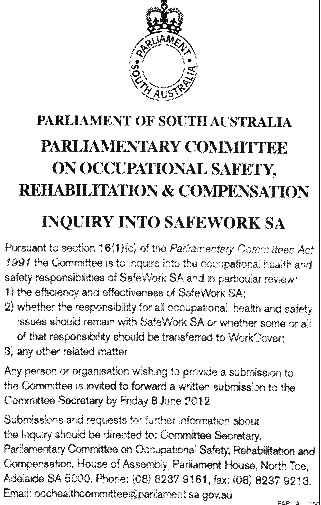 A recent article in Science about OHS inspections has gained considerable attention after Michael Blanding wrote about the findings in a Harvard Business School blog. According to the executive summary:
A recent article in Science about OHS inspections has gained considerable attention after Michael Blanding wrote about the findings in a Harvard Business School blog. According to the executive summary:
“In a natural field experiment, researchers [ Associate Professor Michael W. Toffel and colleague David I. Levine] found that companies subject to random OSHA inspections showed a 9.4 percent decrease in injury rates compared with uninspected firms.
The researchers found no evidence of any cost to inspected companies complying with regulations. Rather, the decrease in injuries led to a 26 percent reduction in costs from medical expenses and lost wages translating to an average of $350,000 per company.
The findings strongly indicate that OSHA regulations actually save businesses money.”
That research should give enormous heart to OHS regulators around the world and reduce criticism from business groups. The findings have been defined as “definitive” but this is like saying that research into Scandinavian workplaces and society can be relevant to other countries. Research in OHS and workers compensation in the United States is relevant to the United States with mostly curiosity value to other nations. Continue reading “OHS inspections save businesses money”




